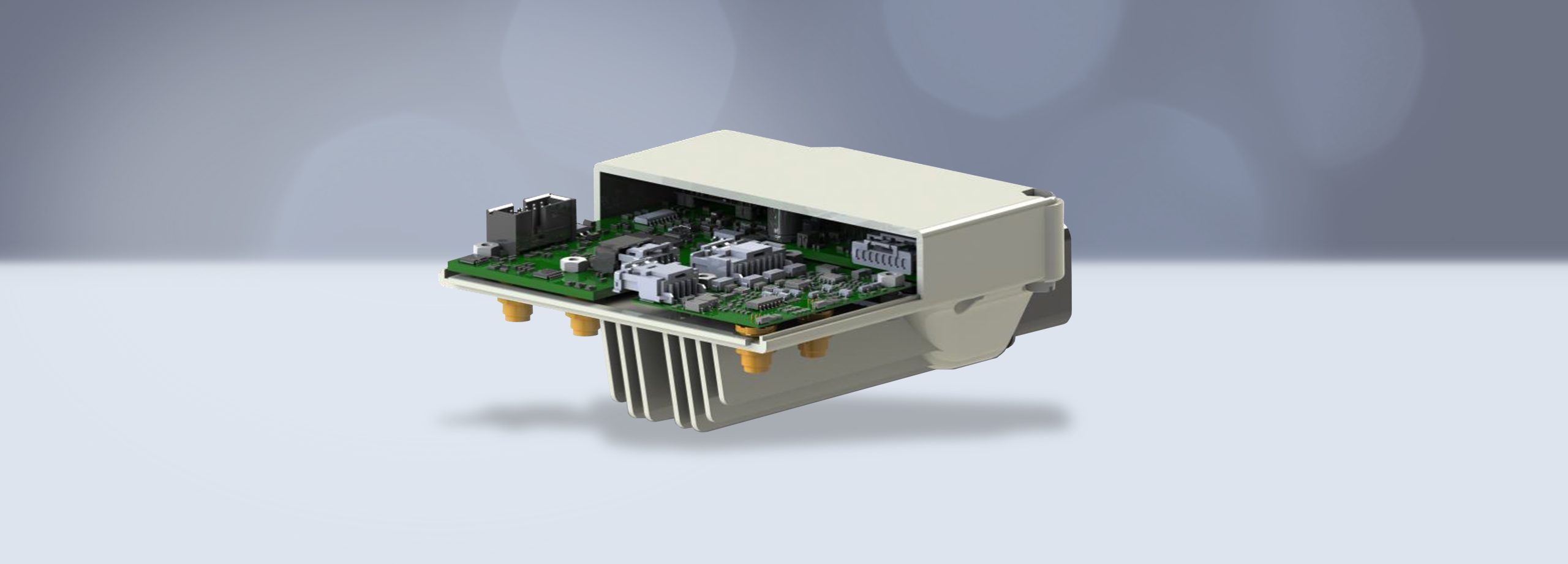Electrically conductive compounds
The use of electrically conductive fillers in engineering plastics enables electromagnetic shielding (EMC) and electrostatic discharge (ESD) for applications e.g. in electromobility, medical technology or mechanical engineering.
Trade name: KEBABLEND / EC

Search for products
Only show products for which all selected properties have been measured
Physical properties
Density in kg/m³
min
max
Moisture absorption 23°C/50% r.h. in %.
min
max
Water absorption in %
min
max
Mechanical properties
Compression set at 23°C in %.
min
max
Compression set at 70°C in %.
min
max
E-modulus in MPa
min
max
Notched impact strength (Charpy) at -30°C in kJ/m²
min
max
Notched impact strength (Charpy) at 23°C in kJ/m²
min
max
Impact strength (Charpy) at -30°C in kJ/m²
min
max
Impact strength (Charpy) at 23°C in kJ/m²
min
max
Shore A hardness
min
max
Shore D hardness
min
max
Stress at 10% elongation in MPa
min
max
Stress at 100% elongation in MPa
min
max
Stress at 300% elongation in MPa
min
max
Elongation at break in %
min
max
Stress at 50% elongation in MPa
min
max
Breaking stress in MPa
min
max
Elongation at yield in %
min
max
Compressive strength in MPa
min
max
Yield stress in MPa
min
max
Compression set at 100°C in %
min
max
Tear resistance in kN/m
min
max
Rheological properties
Melt flow rate MFR in g/10min
min
max
Melt flow rate MFR (test condition)
min
max
Shrinkage in flow direction in %
min
max
Shrinkage transverse to the flow direction in %
min
max
Thermal properties
Maximum service temperature (short-term) in °C
min
max
Melting temperature (DSC, 10°C/min) in °C
min
max
UL listing
min
max
Vicat softening temperature (50°C/h 50N) in °C
min
max
Coefficient of thermal expansion in flow direction in E-6/K
min
max
Coefficient of thermal expansion transverse to the flow direction in E-6/K
min
max
Heat deflection temperature HDT (0.45 MPa) in °C
min
max
Heat deflection temperature HDT (1.80 MPa) in °C
min
max
Thermal conductivity in plane in W/mK
min
max
Thermal conductivity through plane in W/mK
min
max
Fire behavior (0.4 mm wall thickness)
Fire behavior (0.8 mm wall thickness)
Fire behavior (1.6 mm wall thickness)
Fire behavior (3.2 mm wall thickness)
Continuous operating temperature in °C
min
max
Glass transition temperature in °C
min
max
Electrical properties
Contact resistance in Ohm*m
min
max
Dielectric strength in kV/mm
min
max
Tracking resistance CTI in V
min
max
Surface resistivity in ohms
min
max
Magnetic properties
Coercivity (jHc) in kA/m
min
max
max. energy product (BH max) in kJ/m³
min
max
Remanence (Br) in mT
min
max


